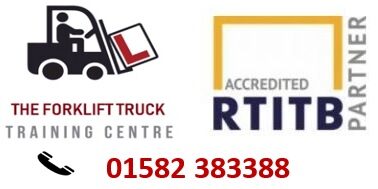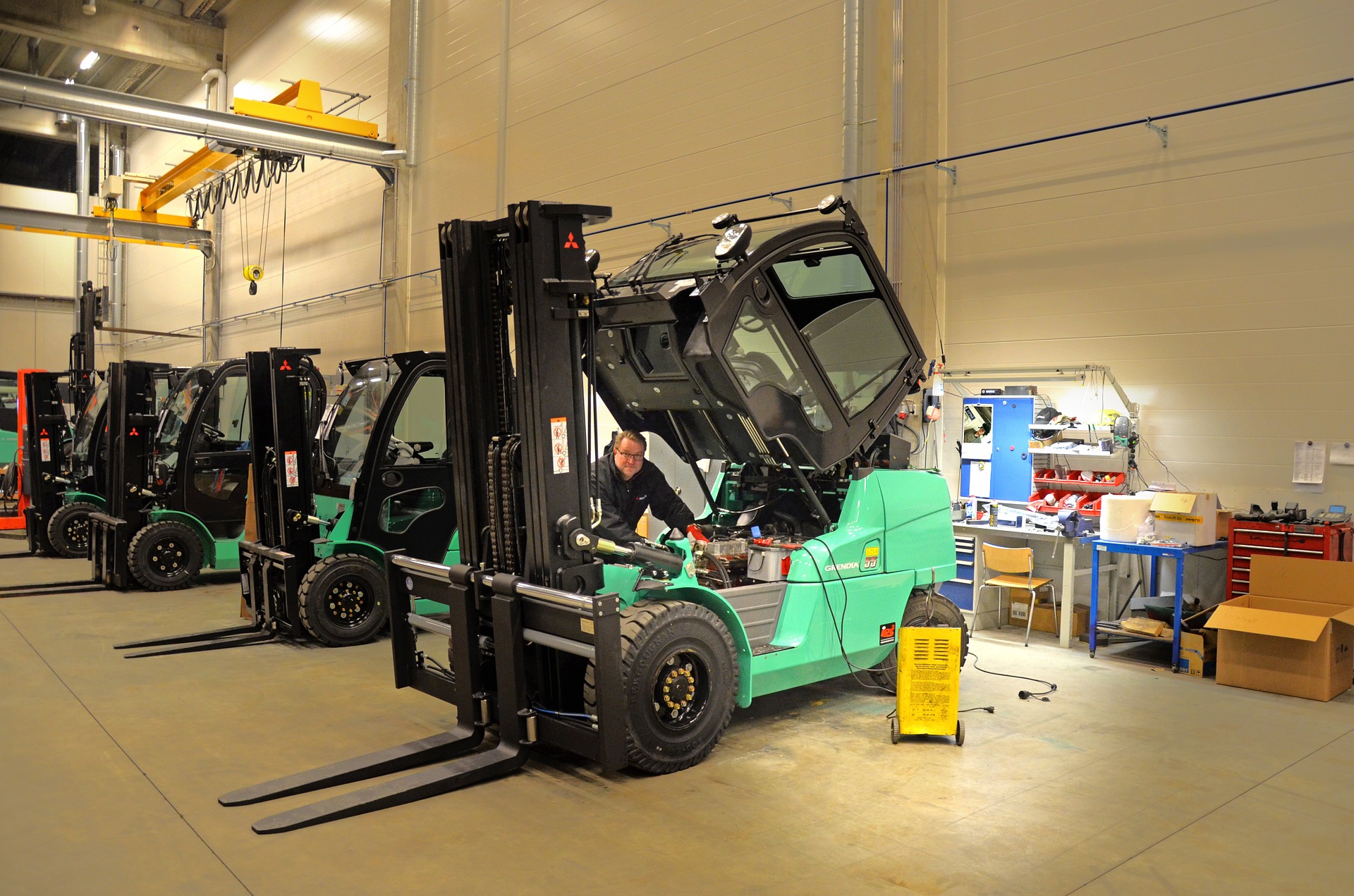Are you thinking of becoming a forklift operator? Here at the Forklift Truck Training Centre we offer a wide range of training modules for different types of forklift models – but what are the different types of forklift and what are they designed to do?
A counterbalance forklift is the model which is most commonly used by all warehousing and distribution hubs. This sort of truck is often used to unload LGV’s, working on loading docks or moving products around the warehouse floor space. A counterbalance truck is categorized as a Class 1 truck in material handling.
A reach truck is the type of lift truck predominantly used for going up and down the aisles of a distribution depot. Due to its versatility and the fact it can navigate very narrow aisles this is an essential part of modern warehousing. They can come in a variety of styles including standing / sitting positions for operators and there are those that raise the operator up and down too.
A flexi-truck is a specialist warehouse forklift truck and is essentially a hybrid crossover of a counterbalance and a reach truck. They are referred to as ‘flexi’ or ‘bendi’ due to the front axle steering the unit. These specialist trucks are suited best to indoor environments, working in narrow aisles and lifting to high racks in high density warehouse storage setups.
A powered pallet truck (PPT), also known as a pedestrian stacker truck & low-level order picker, is the basic warehouse workhorse; they handle goods at ground level, assembling orders, marshalling pallets, loading and unloading vehicles and a host of other important tasks. You can also commonly find these on the back of HGV trucks to assist drivers with daily deliveries.
For more information about our forklift training services, contact us on 03333 442949 or [email protected].

